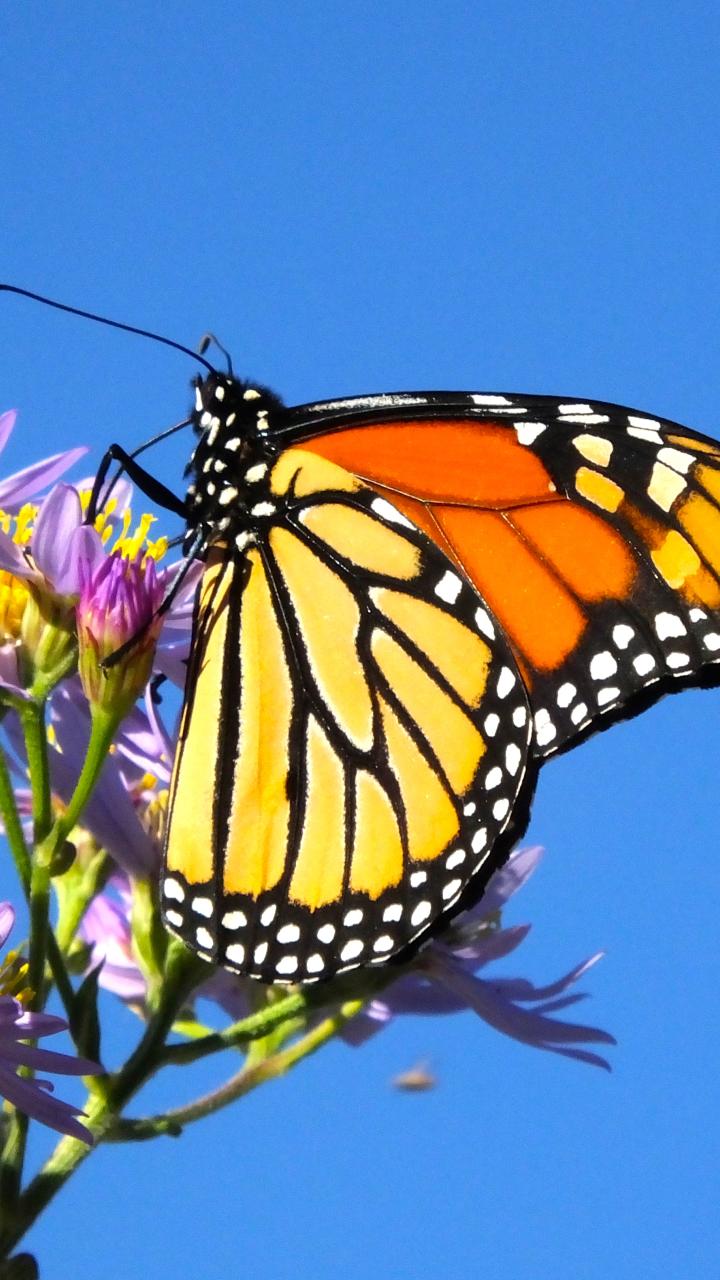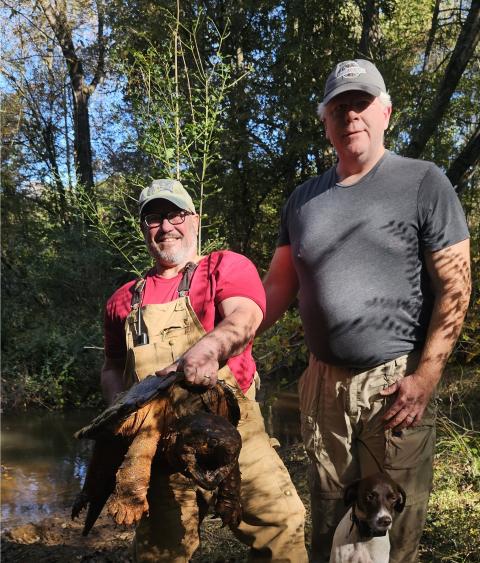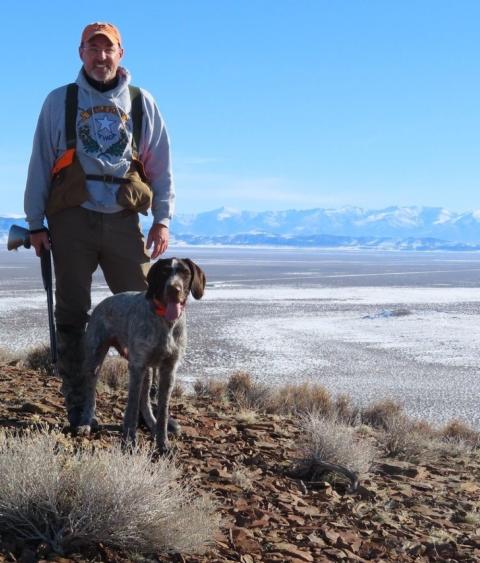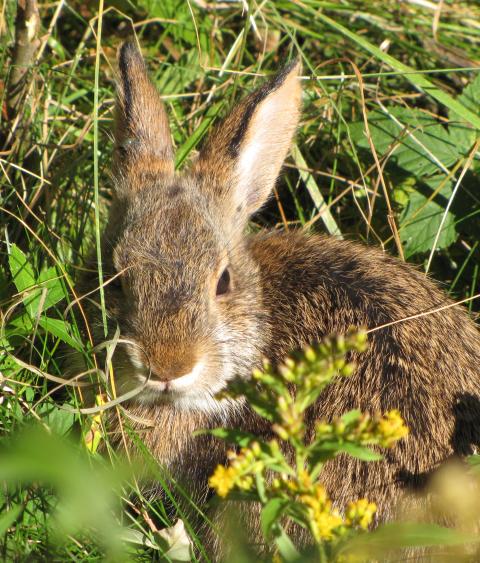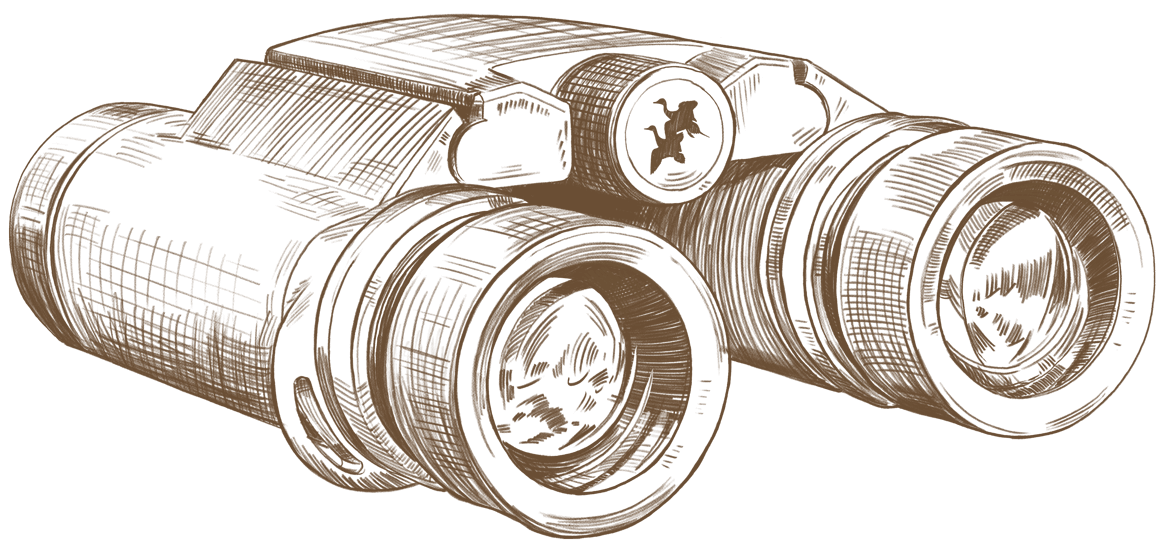Breadcrumb
- Home
- Outdoor News Bulletin
- July 2025
- Working Across The West: WAFWA’s Approach To Landscape-Level Conservation
Outdoor News Bulletin
Working Across the West: WAFWA’s Approach to Landscape-Level Conservation
The Western Association of Fish and Wildlife Agencies (WAFWA) spans 23 U.S. states and Canadian territories, covering nearly 2.7 billion acres—almost 45% of North America. From rugged mountains to sweeping prairies, deserts to wetlands, this landscape is home to more than 1,500 wildlife species and some of the most iconic ecosystems on the continent.
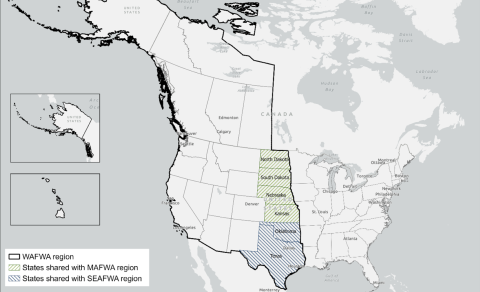
WAFWA’s mission is simple but ambitious: to conserve western fish and wildlife through coordination, collaboration, and on-the-ground results. By uniting state and provincial agencies, partners, and communities, WAFWA drives landscape-level conservation—big-picture, science-based efforts that address shared priorities across borders and ecosystems. Recently, WAFWA held its annual summer meeting highlighting the importance of working together across jurisdictional boundaries to address pressing needs in the West, including invasive species intervention, disease monitoring, and habitat restoration.
Aligning for Greater Impact
WAFWA has a long history of successful conservation programs, but the challenges facing the West today—from habitat loss to changing environments—require a stronger, more connected approach. With support from the U.S. Fish and Wildlife Service Science Applications, WAFWA is accelerating conservation through multiple approaches, including aligning internal focal areas, innovation, and proactive conservation actions.
Listening to Members and Partners
Internally, WAFWA is bringing together leaders from its initiatives, committees, and working groups to identify shared needs and strategic goals to break down silos and ensure everyone is moving in the same direction. These efforts are led by state agency personnel with other partners providing support and input. Throughout the summer meeting, these groups hosted various discussions to begin identifying shared strategic goals and areas of overlap where coordination can enhance conservation actions.
Tackling issues like invasive grasses, conifer encroachment, or disease outbreaks helps protect habitats before it’s too late. These approaches often overlap. For example, conifer encroachment threatens both sagebrush and grassland ecosystems. Additionally, wildlife connectivity is a challenge across all habitats—disrupted by development, roads, and fences. Addressing these cross-cutting threats benefits a wide range of species and habitats at once.
Innovating to Meet Western Challenges
Whether it’s responding to new threats or adapting existing strategies, WAFWA’s strength lies in its flexibility. Conservation solutions are often driven by local leadership and voluntary action—but coordinated across state lines for maximum impact. Pooling resources, aligning timelines, and sharing knowledge helps WAFWA members do more with less—and tackle issues too big for any one agency to solve alone. WAFWA’s Wildlife Movement and Connectivity Initiative was recently established to work across boundaries, with state and federal agencies, tribes, non-governmental organizations, and private landowners, addressing wildlife connectivity and movement needs that are essential to western wildlife. It builds on momentum from the 2018 Secretarial Order 3362 – Improving Habitat Quality in Western Big Game, where almost 200 migration corridors and movement routes have been identified. Individual state connectivity plans provide the backbone for conservation outcomes, based on state needs and outcomes. Together, these plans and the overall initiative provide west wide conservation results.
Acting Early to Maximize Outcomes
Proactive conservation is efficient, cost-effective, and more likely to succeed. By identifying challenges before they escalate, WAFWA and its partners can take early action—restoring watersheds, improving wildlife movement corridors, and protecting habitats before they’re lost. Each state within the WAFWA region has developed State Wildlife Action Plans that identify species and their habitats in need of proactive conservation action. For most states, State Wildlife Action Plans are currently being revised with a Fall 2025 deadline. Each plan identifies individual state priorities and goals, many of which surrounding states share. States are collaborating and working together, whether it’s on forest carnivores in northern states or yellow-billed cuckoos across the southwest, addressing conservation issues at larger scales.
WAFWA also hosts the Endangered Species Informational Work Group, a multi-state effort, in partnership with federal agencies. The focus of the work group is identifying and then developing critical data and other assessments relative to declining species that are in review for potential listing under the Endangered Species Act and assisting with recovery plans for species already listed. Compiling data range-wide, working together to understand information gaps, and developing data to fill gaps are an important outcome of the work group that results in proactive conservation action.
Western Grasslands in Action: A Model for Species-Based Conservation
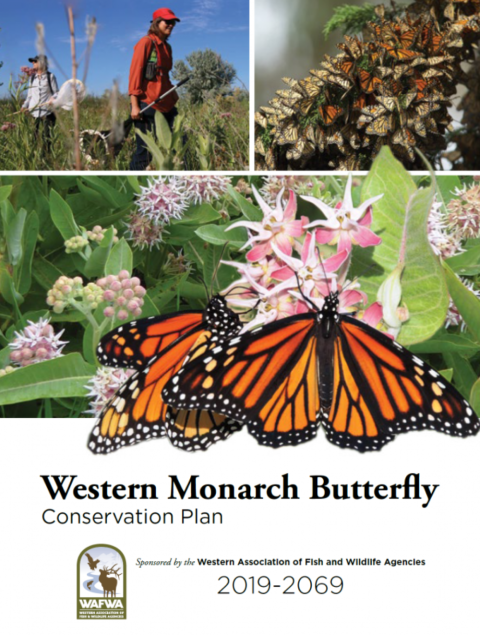
A long-standing example of landscape-scale conservation within WAFWA is the Western Grasslands Initiative, developed to proactively conserve species like swift fox, prairie dogs, and the Lesser Prairie-Chicken. The initiative began with status assessments and conservation planning. What emerged was a clear, shared need: healthy, functioning habitat. Conservation actions—led in partnership with local landowners—focus on restoring and protecting grasslands across the region that promote healthy populations of focal wildlife species. Each project is tailored to local needs, but they’re guided by a shared strategy. The result? Well-aligned actions with amplified conservation impact across all western grassland states.
The Western Grasslands Initiative also works on pollinator conservation, having spearheaded the development of the Western Monarch Butterfly Conservation Plan, a proactive conservation plan. WAFWA also hosts the Western Monarch Crucial Habitat Assessment Tool. This tool identifies important habitat areas as well as tracks conservation actions. Finally, the Western Monarch & Native Insect Pollinator Working Group meets regularly and has started work on a western bumble bee conservation plan.
Linking Water, Fish, and Wildlife
WAFWA also supports habitat-focused conservation through Fish Habitat Partnerships, specifically the Western Native Trout Initiative (WNTI), Desert Fish Habitat Partnership (DFHP), and soon, the Great Plains Fish Habitat Partnership (GPFHP).
These partnerships combine federal grants with private funding to implement strategic projects for aquatic systems throughout the West. For example, WNTI is focused on 21 native trout and char species across 12 western states. Using science-based assessments, along with expert and local knowledge, joint priorities are established for native trout conservation at a landscape scale. Since its inception, WNTI has directed almost $7 million in federal fish habitat funds and $57 million in public and private matching dollars for over 200 conservation projects.
Projects like WNTI’s Bear River watershed restoration show how these efforts also benefit broader ecosystems, connecting aquatic and terrestrial conservation goals. Bear River watershed is in northeastern Utah, southeastern Idaho, and southwestern Wyoming and is home to the Bonneville cutthroat trout, among other important aquatic species. This river system is unique in that it entirely drains into the Great Salt Lake. Surrounding lands are used for a variety of purposes including grazing, oil and gas production, agriculture, power generation, recreation, and municipalities. WNTI and its partners are focused on restoration at ten key areas that maintain stronghold populations of trout, while also maintaining working landscapes that are vital to the region. Restoration work not only benefits trout in the river but also enhances habitat for multiple species of wildlife and migratory birds that also rely upon the system.
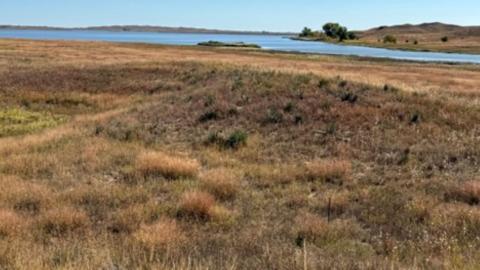
WAFWA recently adopted the Desert Fish Habitat Partnership. This year’s projects are underway. The focal area for desert fish projects for fiscal year 2026 is the Lower Colorado River region which encompasses much of Arizona with additional area in southern California, southeastern Nevada, southwestern Utah, and western New Mexico.
Soon, WAFWA will welcome the Great Plains Fish Habitat Partnership, extending support for fish and watershed conservation across grassland states.
Moving Forward, Together
WAFWA’s work is rooted in connection: between people, between habitats, and between efforts. By sharing goals, pooling resources, and working across boundaries, WAFWA and its partners are building a future where wildlife and wild places thrive—across the West and for generations to come.
Want to learn more or get involved? Explore WAFWA’s initiatives, reports, and partnerships.
